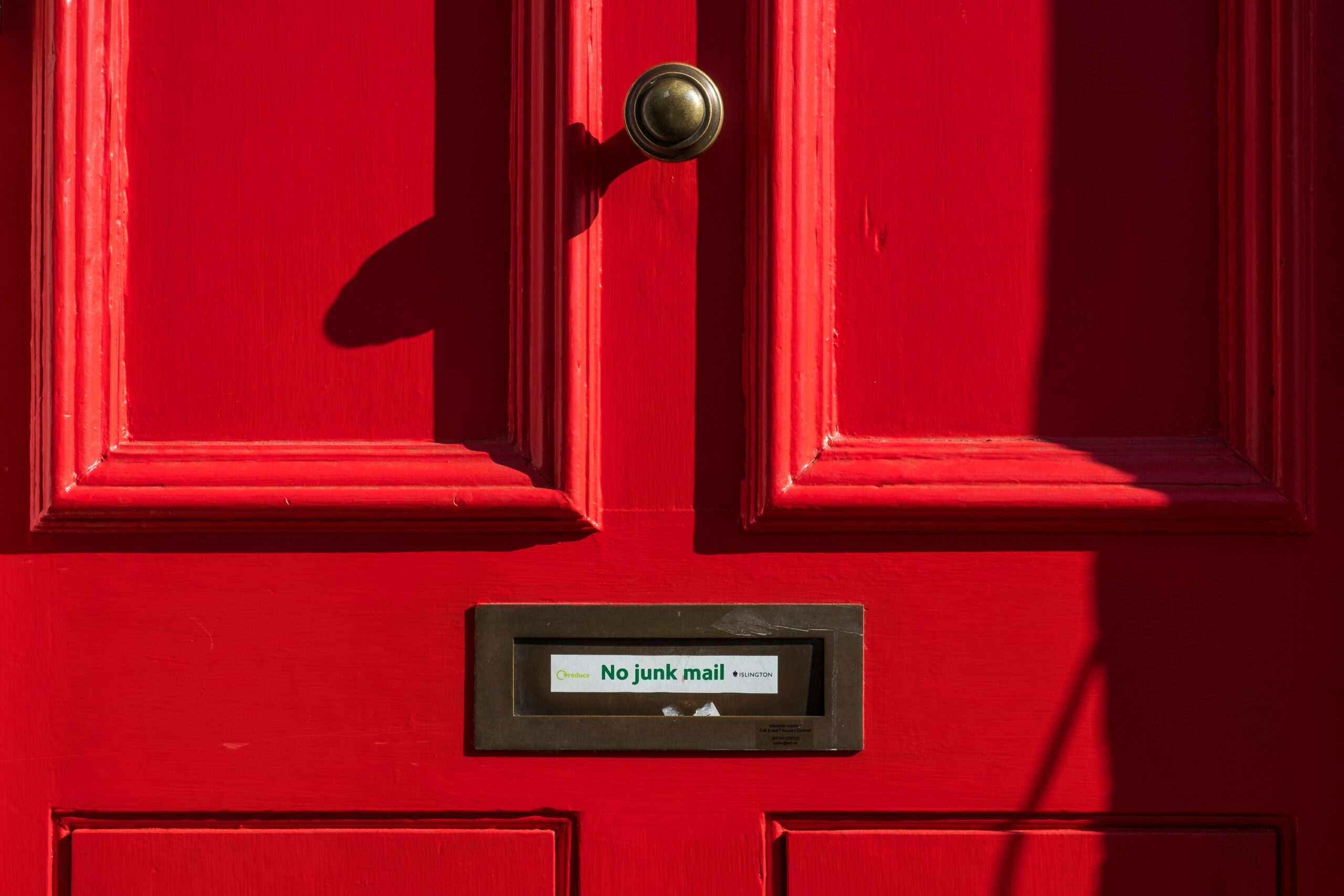
How Do You Know If Your Emails Are Going To Spam?
From discovering low open rates to receiving automated reactions, here are eight answers to the question, “What are a few important indicators that your emails are going to spam?”
- Low Open Rates
- High Bounce Rate
- Inconsistent Sending Patterns
- Blacklisting
- Low Engagement Rate
- Poor Sender Reputation
- High Unsubscribe Rates
- Receiving Automated Reactions
Low Open Rates
Low open rates can be a clear indicator that your emails are going to spam. When I notice that most of my recipients are not opening my emails, I usually wonder if my messages are even getting delivered to their inboxes.
It’s important to remember that spam filters are becoming increasingly sophisticated, and they can easily flag your emails as spam if they contain certain trigger words, excessive use of capital letters, or come from an unverified sender.
If I notice low open rates, I typically review the content of my emails and ensure that I am not using any spam-triggering words or phrases, and I also check if my email is properly authenticated to avoid being flagged as a spammer.
Natalia Brzezinska, Marketing and Outreach Manager, ePassportPhoto
High Bounce Rate
A higher bounce rate can be a solid indicator that one’s emails are going straight to the spam folder. Bouncing, of course, implies that the server itself rejected the emails because of their contents.
When one server rejects emails as spam, it is highly likely that others will follow suit. Adjusting the content accordingly and following HTML best practices is a simple remedy for this ailment.
Max Schwartzapfel, CMO, Schwartzapfel Lawyers
Inconsistent Sending Patterns
Sending emails inconsistently could cause your emails to be marked as spam. Spam filters examine patterns in the frequency and timing of emails to assess whether they are real. If you suddenly start sending more emails than normal, or if you go for lengthy periods sending no emails, they may tag your emails as spam.
Max Whiteside, SEO and Content Lead, Breaking Muscle
Blacklisting
If your domain or IP address has been blacklisted by email providers, it signifies that recipients or email providers have identified your emails as spam.
This can happen if your email practices violate the restrictions of your email provider or if you send emails to invalid email addresses. To resolve this issue, I believe that contacting your email provider to see why your domain or IP address was blacklisted and take corrective actions to enhance your email practices.
Rasa Bernotiene, SEO Specialist, No Win No Fee
Low Engagement Rate
You are sending enough emails to customers, yet the engagement rate is still so low. What could be the reason? It is possible that your emails are going to spam. A low engagement rate is a clear sign you need to work on your email strategy again. Spam filters can detect whether your recipients are engaging with your emails, and this is a common reason emails go to spam.
If recipients are not responding to your emails, they are more likely to be flagged as spam. When you receive low engagement from your email recipients, start working on content strategies to make emails more engaging and effective. This will help you increase the engagement rate.
You should stop sending emails to the same addresses that are not opening your emails after several tries. Take the help of some tools to easily find the reason behind email spam. This way, you can save time and leap from a low engagement rate to a high engagement rate.
Yogesh Kumar, Digital Marketing Manager, Technource
Poor Sender Reputation
I believe your sender reputation impacts whether your emails are labeled as spam. Your sender reputation is a score granted to you by email service providers that shows your sender reliability.
If your reputation is bad, it might impair email delivery and cause it to be labeled as spam. Maintain a strong sender reputation by adhering to proper email practices, avoiding spamming activity, and cleaning your email list regularly to remove incorrect or inactive email addresses.
Matt Magnante, Director of Content and SEO, Fitness Volt
High Unsubscribe Rates
A clear sign that your emails are being spammed is a high rate of unsubscribes from your email list. This is especially true if you see more than average compared to what you typically expect. Typically, people flag intrusive messages as spam before eventually unsubscribing.
So, if you’re noticing a sharp increase in your unsubscribe rate, it could indicate that your emails are ending up in the wrong places.
Karl Robinson, CEO, Logicata
Receiving Automated Reactions
Email providers’ automated answers, such as “undeliverable” or “blocked,” can indicate that your emails are not reaching the recipient’s mailbox. In my opinion, this is a clear sign that your emails are being routed to spam. To remedy this issue, contact your email provider to see why your emails are being blocked and take the necessary steps to enhance deliverability.
Adam Crossling, Head of Marketing, Zenzero



